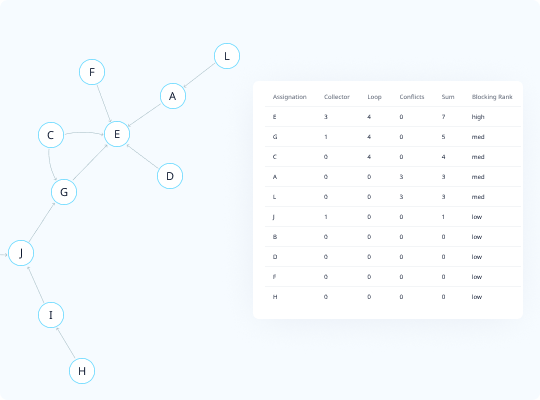creative tool

Perception Mapping (PMap) is a creative thinking tool designed to identify and address blockers. When working towards a specific goal, you may need to take a series of actions or adopt certain perceptions. However, some elements within this process can hinder your progress and impede success. These hindering elements are known as ‘blockers.’
To make progress towards your goal while dealing with blockers, it is important to address and remove these obstructing items or perceptions first. By eliminating the blockers, the remaining perceptions can proceed freely, maximizing their effectiveness.
Perception Mapping (PMap) is a creative thinking tool specifically designed for problem-solving purposes. It is highly effective for brainstorming ideas, conducting analysis, and prioritizing tasks. Its main strength lies in its ability to provide a comprehensive understanding of the work needed to achieve goals. It plays a crucial role in addressing important questions regarding the significance and priority of perceptions, as well as revealing the underlying causes of unmet expectations in our actions.
While innovators may discover various benefits, here are some of the most notable ones:
Perception Mapping (PMap) can be valuable in various scenarios, and the more you engage with it, the more applications you’ll discover. Here, we outline a selection of project types where this creative thinking tool can provide assistance:
Furthermore, you can explore even more creative possibilities and find many other situations where PMap can be useful.